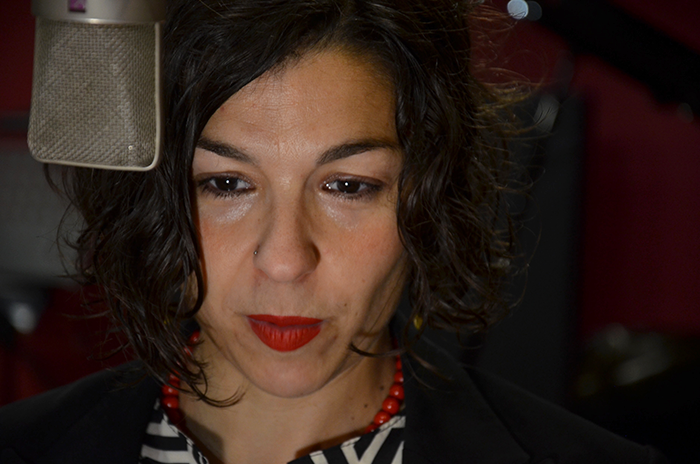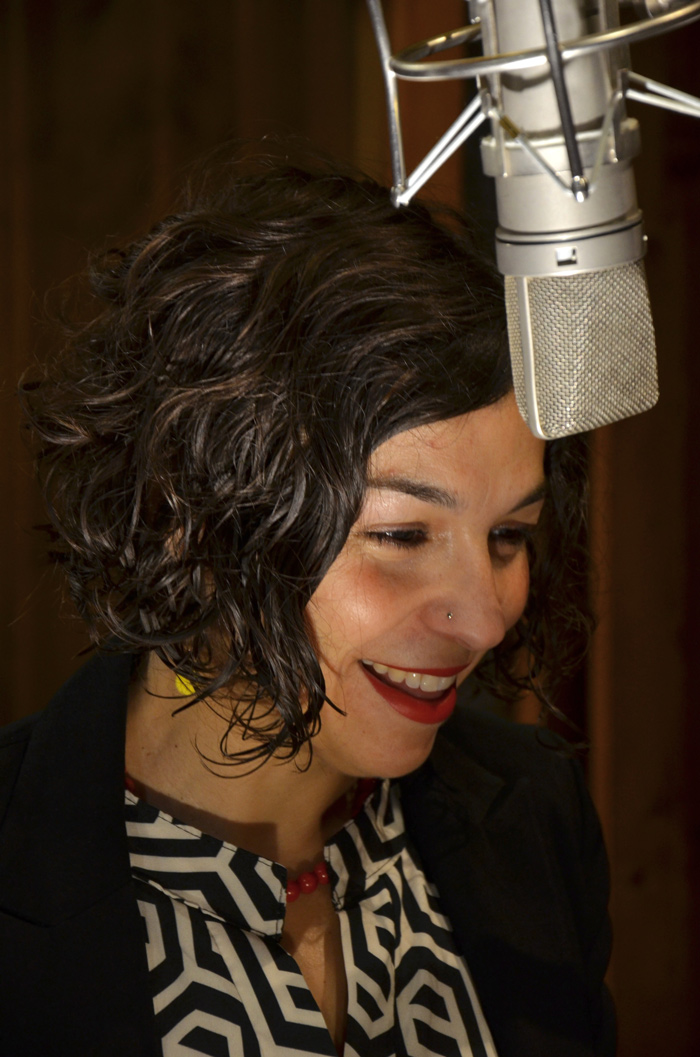Interpreting
Interpreting: a high performance sport!

I offer English-Spanish, French-Spanish and Italian-Spanish interpretation, both simultaneous and consecutive.
My professional qualifications are from the Faculty of Translation and Interpreting at the University of Málaga (Spain), the Institut Libre Marie Haps in Brussels (Belgium), the IUP of Translation and Interpreting at the University of Toulouse II (France), and the Cambridge Conference Interpretation Course (UK).
Don’t hesitate to call on my multiple linguistic and intercultural skills, built on specialist training and reinforced by a wealth of international professional experience. Read what my clients say.
Interpreting and me
An interpreter must have a sharp and supple intellect as well as a strong cultural and of course linguistic knowledge base. They must be trained and practiced in understanding all types of speech in their B or C languages, so as to be able to translate rapidly and accurately into their A language; or from their A language into their B language. In my case, my A language is my mother tongue – Spanish, my B language is French, and my C languages are Italian and English.
When you are organising an event where two or more languages are spoken, you will need an interpreting service to ensure that everything runs smoothly and that the various participants can communicate easily in their own languages.

Different kinds of interpreting are possible:

Remote interpreting:
• The interpreter works remotely via a virtual platform.
• For events or meetings by videoconference.

Simultaneous interpreting: :
• The interpreter speaks at the same time as the speakers, using a sound-proof booth, headphones and microphone.
• For conferences, seminars, assemblies and meetings.

Whispering (aka ‘chuchotage’):
• The interpreter speaks at the same time as the speakers, without any interpreting equipment.
• The interpreter stands next to the person listening and translates simultaneously in a low voice.

Consecutive interpreting:
• The interpreter translates during the speaker’s pauses.
• For short presentations or meetings between several people.
Interpreting is a high performance sport…
and requires intense concentration, which is why it is most often practised by teams of two interpreters who take turns every 20-30 minutes. At any given point, the interpreter who is ‘resting’ is there as back-up for the colleague who is interpreting.

